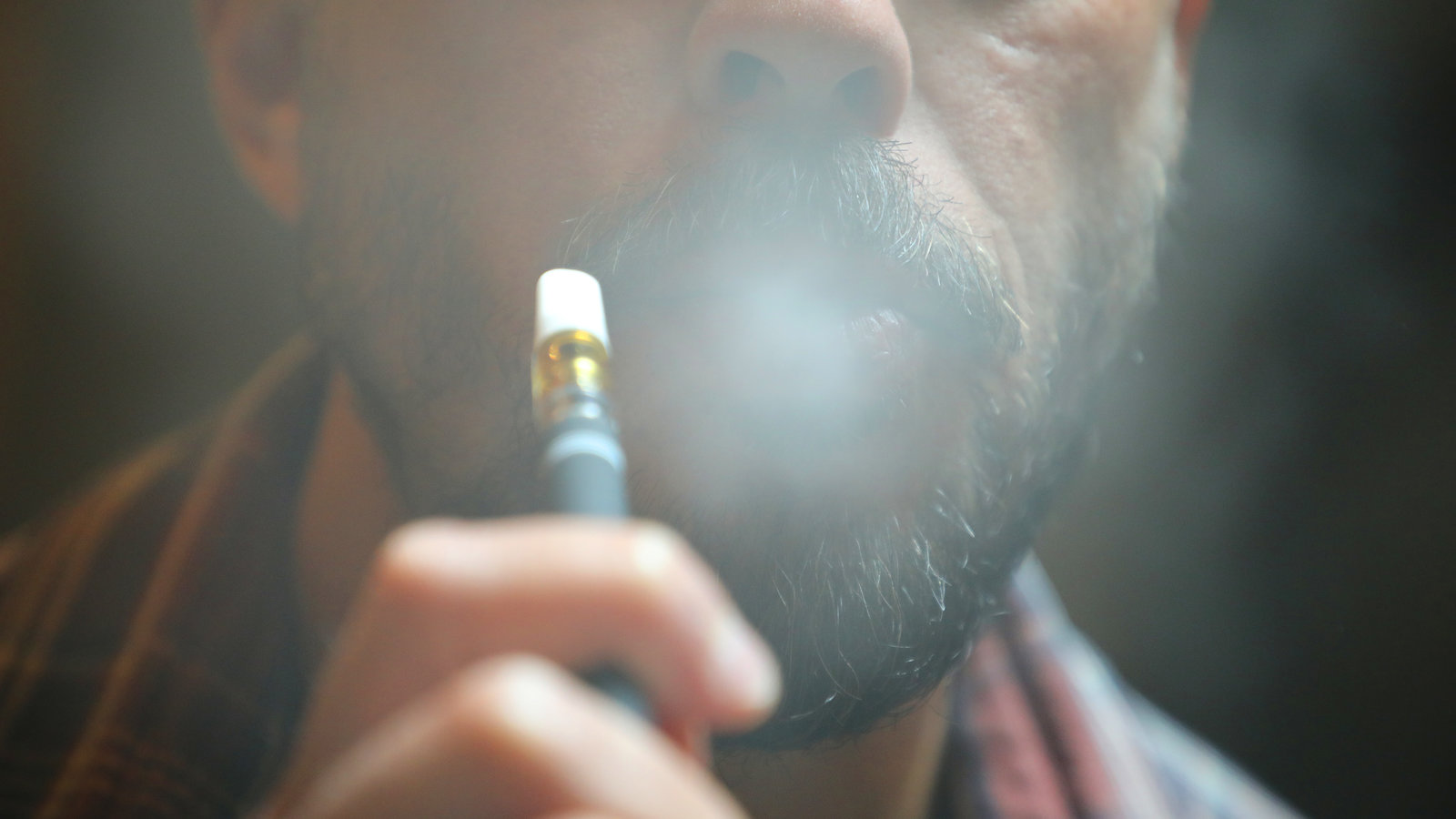We like to think that our homes are safe and won’t make us sick. We work hard and do everything possible to ensure that the place where we spend most of our time is clean and safe. However, there are some things that may go overlooked. Mold is one of those things and an overlooked mold problem can have serious health consequences.
Some of the symptoms of mold sickness include:
- headaches
- sinus issues
- coughing
- allergies
- excessive sneezing
- exhaustion
- skin irritation
- hoarseness
- watery eyes
- sore throat
The above symptoms of mold sickness are the least serious ones. If a mold problem goes on for an extended period, there is some evidence that it could cause much more serious issues including chronic and permanent lung damage, hair loss, memory impairment, anxiety, stomach issues and muscle aches.
If you have any of these symptoms, it’s important to see a doctor and see what they find. If they are unable to find any underlying problem that may be causing your ailments, it’s time to inspect your home for mold. If you have not seen any visible signs of mold, that doesn’t mean it’s not there. It could be underneath floors, inside walls or behind furniture. While mold does have a distinct smell, you may not notice as you are used to the smell of your own home.
When trying to find out if you have symptoms of mold sickness, the first thing you should do when searching for mold in your home is to ask a friend or neighbor to walk into your home from outside. Ask them to tell you the truth about whether they can smell mold or not. Often times, visitors will smell in a home but won’t say anything because they don’t want to embarrass the homeowner.
The next thing you should do is start looking for physical signs of mold. Look for places where water may be leaking, look for marks on walls and floors, look for stains behind the bathroom mirror, pictures and furniture. If you don’t turn anything up, you may need to get some extra help from some professionals who can check under the flooring and between walls for signs of mold.
Once you have done all these things, you should know whether or not you have a mold problem. If a mold problem is found, it’s time to take action and fix it before it gets worse. The amount of work involved in this process will depend on where the mold is located, how much mold there is to get rid of and what needs to be done to get rid of it and keep it from returning.
Some things you can do that will help the situation include getting a dehumidifier, opening the windows if it’s not too cold outside and spraying visible mold with diluted hydrogen peroxide. A bigger mess will need to be dealt with by professionals and that may mean having to find temporary living arrangements until the work is done. Make sure to get advice on how to keep the problem from reoccurring.











